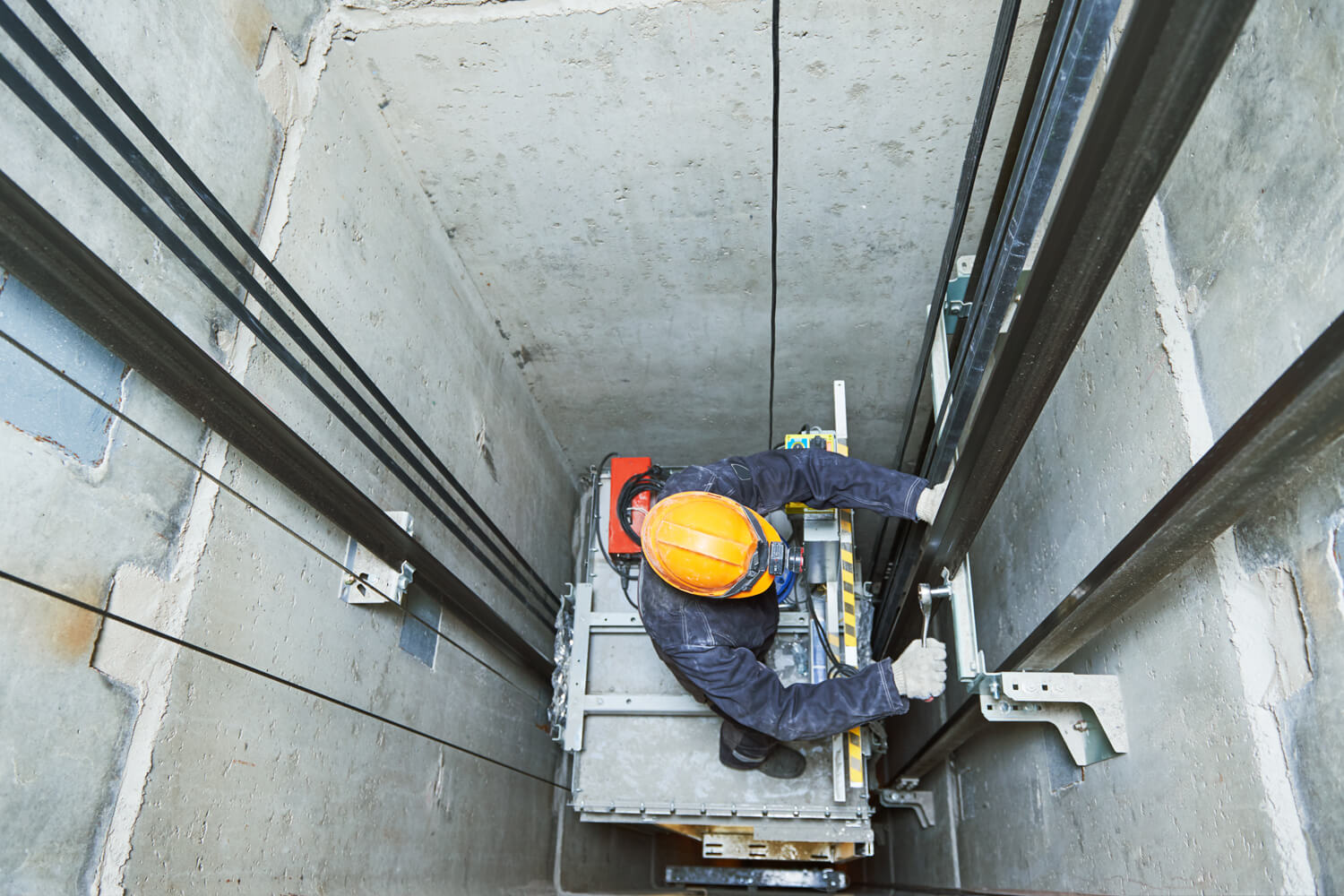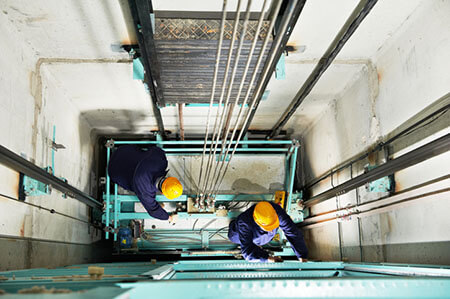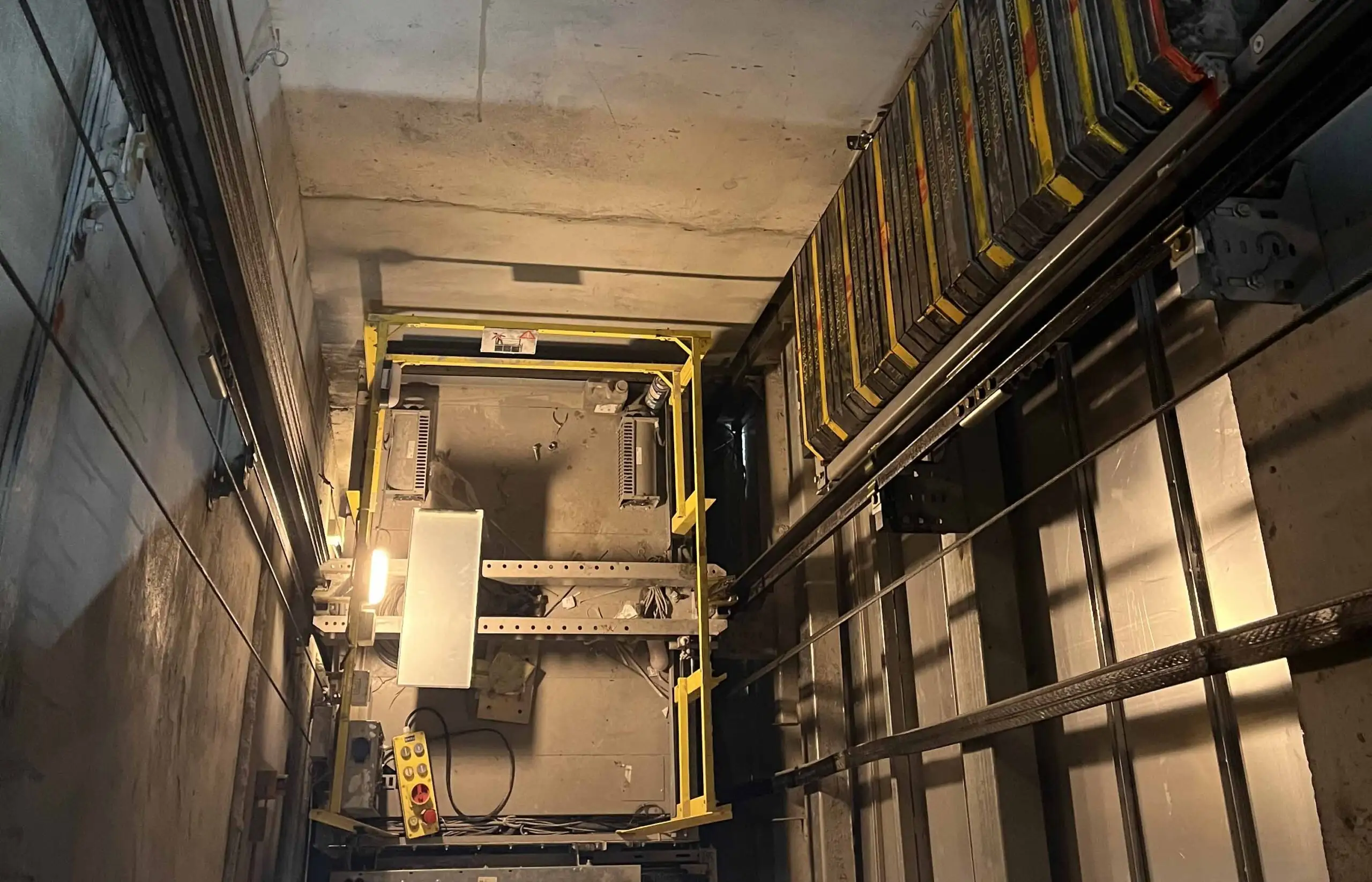Elevator Scandal Drama: The Most Shocking Incidents That Changed Building Safety Forever
Elevator Scandal Drama: The Most Shocking Incidents That Changed Building Safety Forever
Elevator scandals have captivated public attention for decades, from celebrity controversies to tragic safety failures that exposed dangerous negligence. These dramatic incidents have not only made headlines but also sparked important conversations about building safety, corporate responsibility, and the hidden dangers lurking in everyday spaces we trust.

Famous Elevator Scandal Incidents That Shocked America
The most notorious elevator scandals in recent history have revealed shocking patterns of negligence and corporate cover-ups. One of the most heartbreaking cases involved a Manhattan billionaire's housekeeper who became trapped in a townhouse elevator for three days while the owners were away for the weekend. The incident highlighted serious questions about emergency protocols and worker safety in luxury residences.
In another devastating case, Nicholas White, a production manager in New York, was trapped in an elevator for 41 hours after stepping out for a cigarette break. The surveillance footage of his ordeal became a viral sensation, showing the psychological toll of extended confinement and the failures of building emergency systems.
The Most Shocking Corporate Cover-ups
Investigation reports have revealed that some elevator companies knew about safety defects years before fatal accidents occurred. In 2005, elevator experts attempted to change national safety codes to address dangerous door gaps that had already caused multiple injuries, but their recommendations were rejected by industry lobbying.

Celebrity Elevator Controversies
Perhaps no elevator incident captured public attention more than the infamous 2014 Met Gala afterparty elevator fight between Jay-Z and Solange Knowles, with Beyoncé present. The leaked surveillance footage sparked months of speculation and demonstrated how private spaces can become very public scandals.
This incident highlighted how elevator surveillance systems, originally designed for safety, can become sources of embarrassment and legal liability when footage is leaked or mishandled by building management companies.
Major Safety Failures and Corporate Negligence
The elevator industry has faced numerous scandals involving safety device failures and maintenance negligence. One particularly shocking case involved an advertising executive who was crushed to death when investigators discovered that important safety mechanisms had been deliberately disabled in the Manhattan office building.
The Pattern of Preventable Accidents
Court documents from major lawsuits reveal disturbing patterns:
- Maintenance shortcuts: Companies skipping required safety inspections to save costs
- Defective parts: Known manufacturing defects in elevator components that weren't recalled
- Training failures: Inadequately trained technicians performing complex repairs
- Code violations: Buildings operating elevators that didn't meet current safety standards

Legal Battles and Multi-Million Dollar Settlements
The financial consequences of elevator scandals have been staggering. Recent settlements include:
- $8 million settlement (2024): A 53-year-old man who fell eight feet into an elevator shaft
- $1.9 million settlement: Worker injured due to faulty elevator repair company negligence
- $1.1 million settlement: Office cleaner injured in elevator accident due to maintenance failures
These cases have established important legal precedents about corporate responsibility and the duty of care owed to elevator users. Victims' rights advocates argue that many accidents could have been prevented with proper maintenance and honest reporting of safety issues.
The Hidden Cost of Cover-ups
Legal experts note that attempted cover-ups often result in higher penalties than the original incidents. Companies that have tried to hide safety violations or destroy maintenance records have faced additional punitive damages and criminal charges.

Prevention and Modern Safety Standards
In response to high-profile elevator scandals, the industry has implemented new safety measures:
Enhanced Monitoring Systems
- Real-time elevator monitoring with 24/7 emergency response
- Improved communication systems for trapped passengers
- Mandatory backup power systems for emergency situations
- Regular third-party safety inspections
Stricter Regulatory Oversight
New regulations require more frequent inspections, better maintenance documentation, and immediate reporting of safety incidents. Building owners now face personal liability for elevator safety violations, creating stronger incentives for proper maintenance.

Frequently Asked Questions About Elevator Scandals
How common are serious elevator accidents?
Only about one out of every 100,000 elevator rides results in getting stuck, but serious accidents occur more frequently than most people realize. The Elevator Escalator Safety Foundation reports thousands of elevator-related injuries annually in the United States.
What should I do if I'm trapped in an elevator?
Press the emergency call button immediately, stay calm, and avoid trying to force open doors or climb out. Modern elevators have communication systems that connect directly to emergency services or monitoring centers.
Who is liable if I'm injured in an elevator accident?
Liability can fall on building owners, elevator maintenance companies, manufacturers, or contractors depending on the cause of the accident. Many cases involve multiple parties sharing responsibility for safety failures.
How have elevator safety standards changed after major scandals?
New regulations require enhanced monitoring systems, more frequent inspections, better emergency communication, and stricter penalties for safety violations. Many states have also increased the liability of building owners for elevator safety.
The Future of Elevator Safety
As technology advances, the elevator industry continues to evolve with smart monitoring systems, predictive maintenance algorithms, and improved safety protocols. However, the lessons learned from past scandals remain crucial: transparency, accountability, and putting safety before profits are essential for preventing future tragedies.
The elevator scandals that have shocked America serve as powerful reminders that everyday technology we take for granted requires constant vigilance, proper maintenance, and honest corporate responsibility. Only through continued awareness and advocacy can we ensure that these dramatic incidents lead to lasting improvements in public safety.
Share This Important Information
Help spread awareness about elevator safety by sharing this article with your friends and family. Knowledge saves lives!